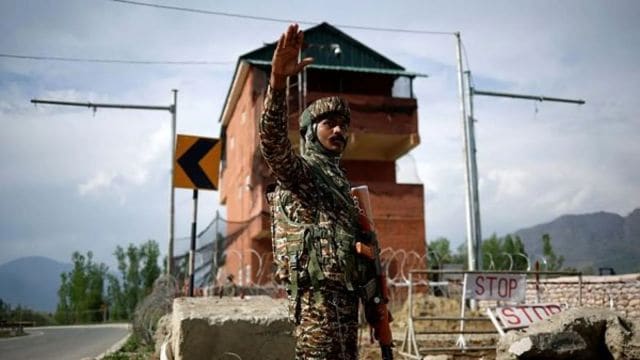Compression of procurement timelines, faster contract awards and quicker payments to private vendors are among specific steps listed by the Ministry of Defence in meetings that it has had with the Finance Ministry in the run-up to and post Operation Sindoor.
Specific measures cited by the Ministry of Defence include the replacement of field evaluation trials, which sometimes take a couple of years or more, with digitisation and simulation to get around long-drawn trials, alongside fast-tracking negotiations to speed up procurement and incentivising the private sector to step up production of vital inputs such as anti-drone equipment and smart ammunition, sources said.

Officials aware of the discussions said work has been fast-tracked to ensure speeding up procurement deadlines to the end of this year, with special focus on pushing the domestic defence industry, especially private players, and the purchase of equipment that have interoperability between the different services of the armed forces.
This is linked to specific instructions being issued by the Ministry of Defence to private vendors for upscaling supplies of certain ammunition, including for anti-drone and smart ammunition, alongside equipment such as armored vehicles that can be integrated with different weaponry – loitering munitions and guided missiles.
The Ministry of Defence has, in the meetings, pitched this as a radically new approach to defence procurement. The Ministry of Finance, in turn, is learnt to have given its explicit support to help meet whatever capex requirement is there from the armed forces, even as it does not see the allocated amount shooting up sharply beyond the allocation in Budget for the ongoing financial year 2025-26, officials said.
Officials of the Ministry of Defence are learnt to have acknowledged the slow absorptive capacity for capex, especially in terms of the ability to spend the budgeted amount quickly, both in the domestic industry and in terms of global orders because of various geopolitical factors.
“Work is being done towards compressing the procurement timelines by removing the barriers and delays, especially in areas relating to RFPs (requests for proposal), and negotiations,” an official said.
Story continues below this ad
However, officials pointed out that purchasing mechanisms for contingencies are in place with emergency purchasing powers approved up to Rs 40,000 crore, adding that the additional demand by armed forces will not be limited by the budgeted amount.
“I don’t think defence expenditure should increase sharply. There is adequate amount for business and contingency measures. Even though we do not anticipate a very big demand, demands for strategic requirements will not be constricted,” another official said.
ExplainedTo tide over delays
The Defence and Finance ministries have had these discussions in the days before and after Operation Sindoor. They are looking to speed up procurement deadlines to the end of this year. Simulation and digitisation will get around long-drawn field evaluation trials to fast-track the process.
The discussions have centred around the need to focus on contract fulfilment and on project management to ensure meeting the delivery schedules. Based on the milestones of the delivery schedules, payments would also be required to be made quickly in time, officials said.
As per the latest data by Controller General of Accounts, the Ministry of Defence has spent 9 per cent or Rs 64,221 crore of its overall budget allocation of Rs 6.81 lakh crore in the first month of April of the ongoing financial year. On the capex front, the Ministry has spent 2 per cent or Rs 4,384 crore in April, out of the total budgeted amount of Rs 1.8 lakh crore. In April 2024, the capex had been 1 per cent of the budgeted amount for FY25.
Story continues below this ad
While experts have pointed out the requirement for India’s defence expenditure to be at least 2 per cent of the GDP for credible deterrence against its neighbouring countries, the defence expenditure has remained below 2.5 per cent over the last five years as a share of the country’s GDP. For FY25 and the ongoing financial year 2025-26, it has been even lower than 2 per cent, estimated to be 1.98 per cent and 1.91 per cent as a share of the GDP, respectively.









